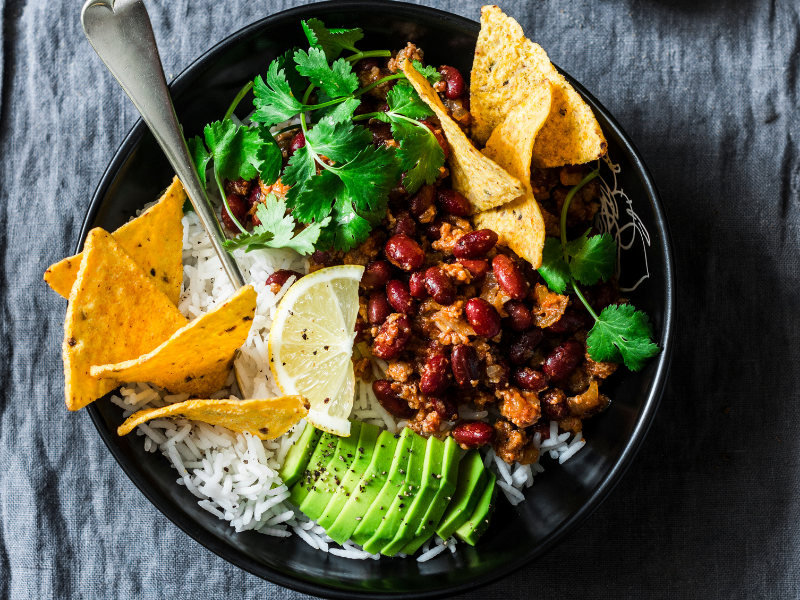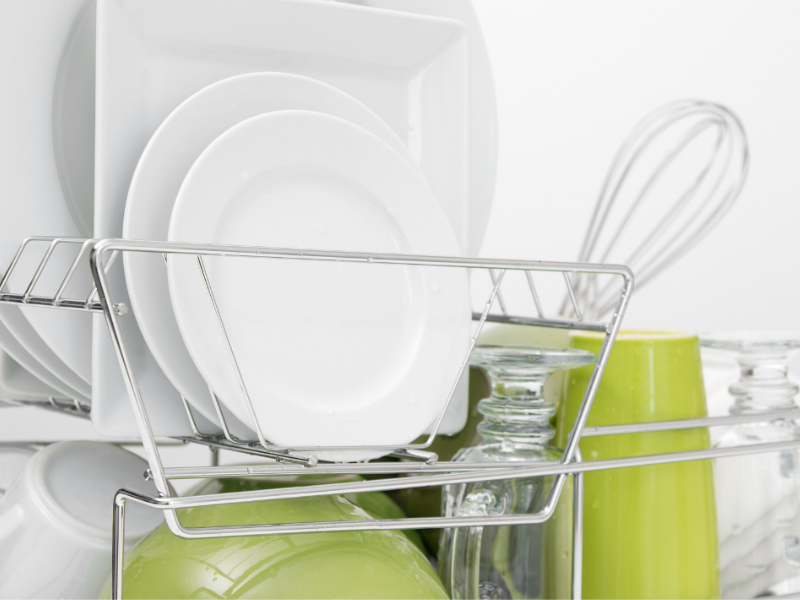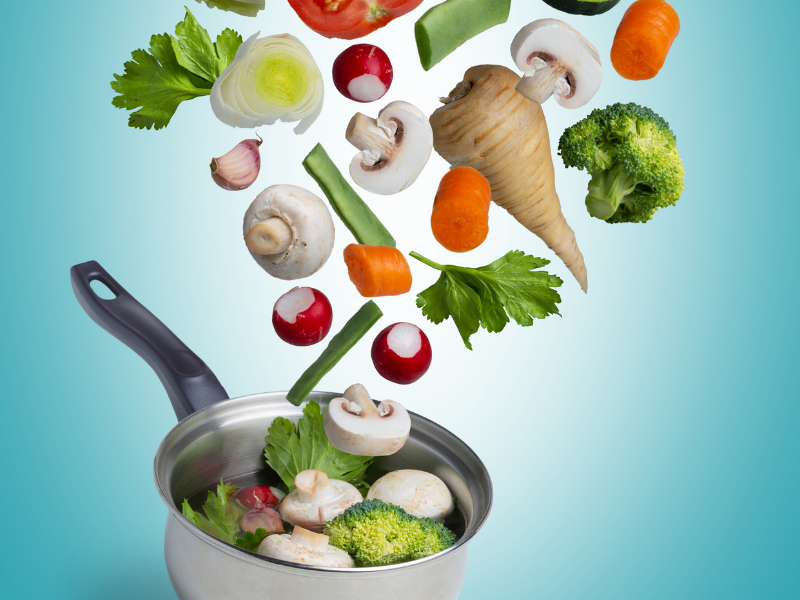I’m sure you’ve heard the buzz about plant-based eating. I prefer the term plant-focused. A plant-focused plate allows plants and for other non-plant foods that also offer important nutrients.
Why so much emphasis on a plant-focused plate? Well, it turns out there are several reasons. Let’s talk about some of them.
Plants tend to be nutrient dense. This means that it offers a rich source of vitamins and minerals for the amount of energy or kilocalories that it offers. We’re especially looking for fiber and the vitamins and minerals that we tend to be lower on, like folate, vit A, C, D, E, calcium, iron, magnesium, and potassium.
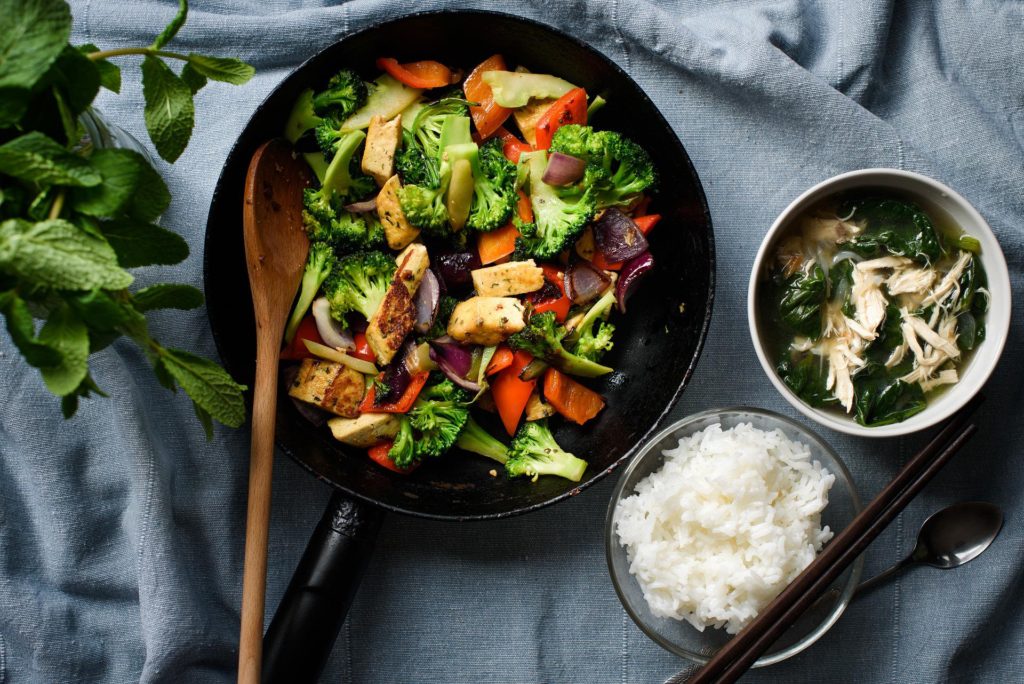
How to Tell If A Plant-Focused Food Is Nutrient Dense
Checking out the food label. Note the serving size of the food. Visualize that amount, then check on the kcals.
Let’s say 1 serving is a 1/2 cup and gives you 200 kcals. What percent of the daily value of kcals is that? (The daily value is just to give you a point of reference. It is based on an average adult who may need 2000 kcal. That may not be the exact number that you need, but it gives you a reference.)
So in our example, one serving provides 10% of the total kcals that an average adult would need. What else are you getting when you take those kcals?
Look further down on the food label.
Are you getting more than 10% of the daily value for any of the nutrients that we are looking for? (Folate, vit A, C, D, E, calcium, iron, magnesium, and potassium.) More than one? Terrific!
You have found a nutrient dense food! You are getting some great bang for your buck when you eat a serving of that food. Plant-focused plates aren’t the only nutritious options, but they offer unique vitamin and mineral combinations that do us good.
How Can You Add More Plant-Focused Foods To Your Daily Routine?
- Keep fruits and vegetables available. Make it easy to choose them by having them on hand. Add them to your grocery list then keep them visible in your kitchen.
- Don’t get overzealous and overbuy. Nothing like soft, weepy tomatoes on the counter to kill the appetite for fresh tomatoes for a while. Buy the few that you know you can use. Start small, master it, claim the victory, and let it motivate you to experiment with something else.
- Be willing to branch out and try some new things.
- Make a commitment to use up everything possible without having to waste it. Use up that zucchini in a creative stir fry or curry or pasta dish. Or use it with chicken, onion, and red pepper for shish kabob on the grill. Or grate several tablespoons into muffins or a frittata.
- Learn to cook something new. Try a new recipe or recreate something you ate in a restaurant. If it doesn’t turn out the first time, give it another chance.
- Add a fruit or vegetable at breakfast (fresh, chilled cantaloupe on the side or diced tomatoes in your breakfast burrito)
- Make your breakfast grain a whole grain–whole grain toast, oatmeal or grits (from the container, not from the packet).
- Mix whole grain and regular pasta.
- Make a portion of your rice brown rice.
- Snack on popcorn, or a handful of nuts or roasted chickpeas in place of low nutrient density chips or cookies
- Bonus tip: Plan your to-go snacks and meals ahead of time so that you are prepared and aren’t tempted to grab something less nutrient dense from the vending machine or the drive thru.
As you begin to make these changes, keep a balanced view of things. Avoid focusing too heavily on a single nutrient or component of a food, like calories or fat.
If you discover a food is higher in a single macronutrient or component such as calories or fat, review the food label to see what other nutrients are delivered as well.
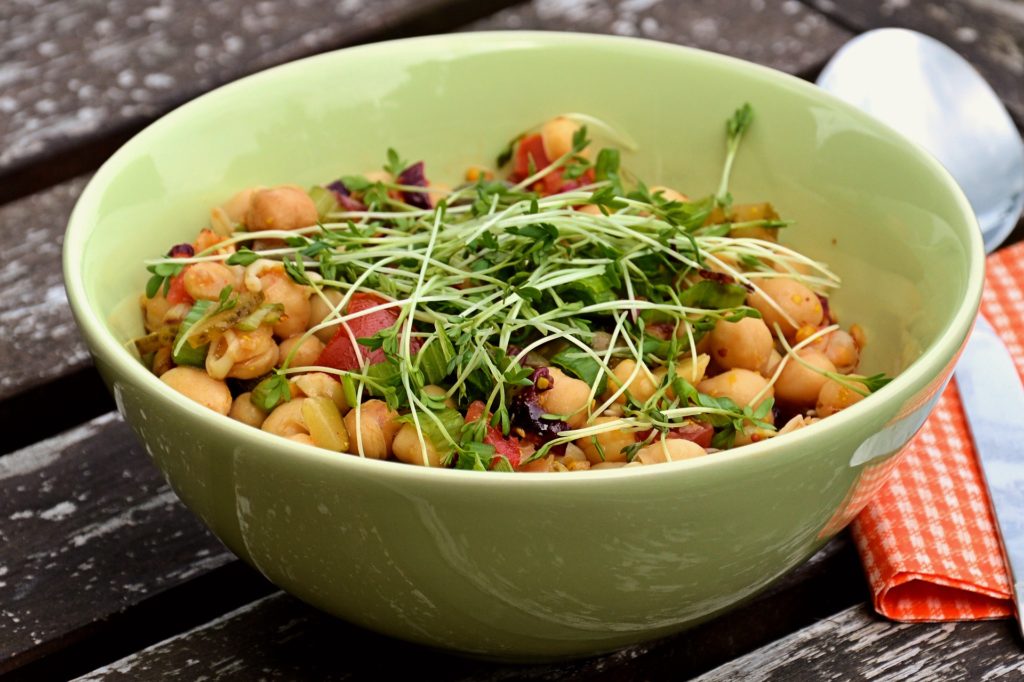
Keep Track Of The Bigger Picture
Keep track of the bigger picture, and focus on your overall eating pattern. Are you getting five servings of fruits and vegetables a day? How about half of your grains as whole grains? And are you getting 3 calcium-rich sources a day?
Once you understand how to find nutrient dense, plant-focused options, it often requires only small changes to actually add them to your daily diet. Snacks can be an easy place to start.
Snacks on a Plant-Focused Plate
Hungry for nachos? Add beans and salsa.
Thinking hazelnut spread? Try it with fresh fruit slices.
Chips or Cheezits? Try popcorn.
Do you always come home starving and munch while you decide what to do for dinner? Plan a plant-focused snack ahead of time. Try prepping a veggie plate the night before with hummus to have ready for that moment you hit the door. Double bonus if it LOOKS irresistibly tasty.
Start Small and Keep Experimenting with a Plant-focused plate
Foods rich in vitamins and minerals are not hard to incorporate into your eating pattern. Start small and keep experimenting. Moving toward a plant-focused plate can add up to big rewards.

